As an IB PYP teacher, I have noticed that promoting curiosity has become a major part of teaching today. Students these days are expected to ask thought-provoking questions and then explore them to learn. But are we teaching students HOW to ask questions? We need to teach how to build curiosity in students.
Keep reading for 3 daily habits that you can include in your teaching to get students better at asking questions and being curious about the world around them.
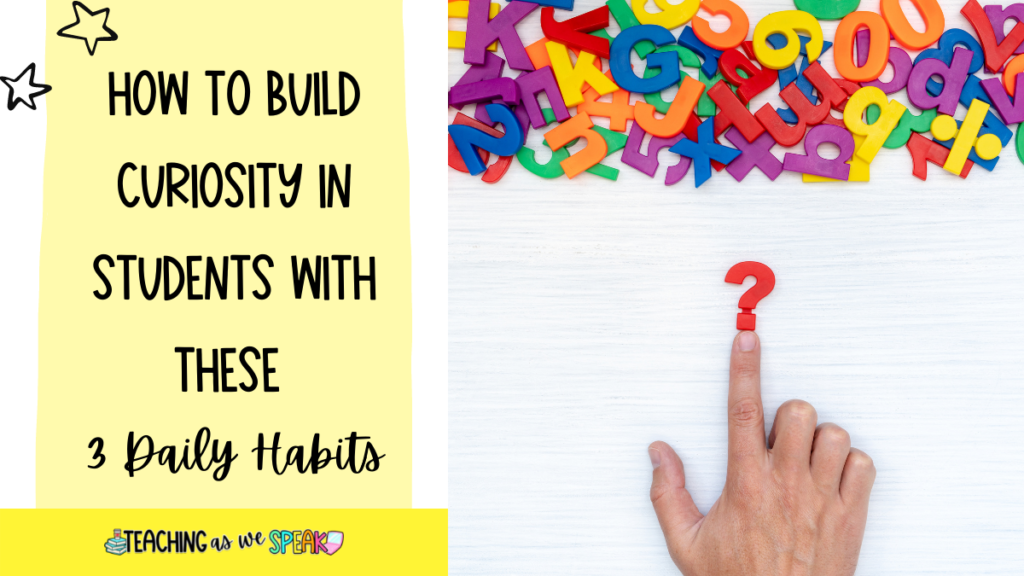
Click here to download my free Beginner’s Guide to Project-Based Learning for Elementary ELA. It includes a two-week project that has students explore the question “how do you know if you have a growth mindset?”.
Why I Needed to Teach Curiosity
In my sixth year of teaching, I had one hour a week in which half of my class was being taught extra French lessons. Since half of my students would be gone, I decided that this hour would be dedicated to working on passion projects (genius hour). I told students they would be planning and creating their project about something they were curious about. The project had to answer a specific question related to their topic.
The thing is, many of my students looked at me with blank stares. They didn’t know what I meant when I told them to ask a question about their topic. I had made a huge oversight, in that I assumed my students had been taught how to ask thought-provoking questions. Basically, it was a muscle that was weak and hadn’t been exercised. Click here to read my blog posts about passion projects!
Get the Beginner’s Guide to Project-Based Learning now!
How to Build Curiosity in Students-Habit #1
The first daily habit is for students to fill a Wonder jar or a Wonder Wall. I have used a Wonder wall, but a jar would work just as well. It is a dedicated space in the classroom for students to ask questions that they are curious about. This could easily become a standard homework task, in which students have to spend some time observing the world around them and ask one question each day that they can add to the wall (display board) or jar. Then, as a class, spend some time each day reading one, two or all of the questions.
Pro Tip: For this to be successful, you need to teach students how to become curious. This should be done through:
- Modelling what it means to ask questions about the world around them. If you are starting a wonder wall/jar, you may need to spend some time, in the beginning, having your questions be the sole entry
- Noticing good questions being asked by students and calling it out for students to notice it!
- Listen to some podcasts as a class. This one is one of my favourites for promoting curiosity!
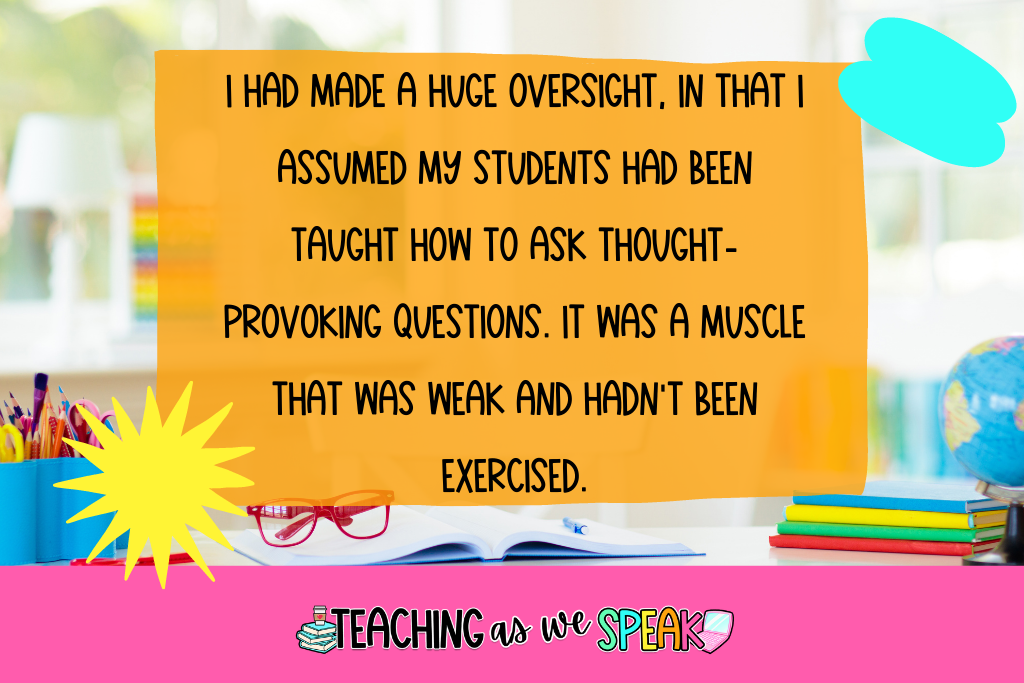
The key to success here is consistency. Be sure to have a specific time dedicated to acknowledging students’ questions. If they know you aren’t going to get to their questions, they aren’t going to take the time to add them!
I like this idea because the questions students come up with could become the basis for a future project, such as a passion project.
Get two weeks ’ worth of lesson plans for free by clicking here!
How to Build Curiosity in Students-Habit #2
The next habit to include in your daily instruction is active listening. For students to be able to ask good questions, they need to be good listeners.
Some signs of active listening include:
- Giving eye contact
- Asking probing questions
- Paraphrasing
- Facing the person
- Visualizing what is being said
One way to practice this is by having time for students to talk in small groups; I recommend 3-5 people in a group. The topic could be about what they did on the weekend, open-ended, or a specific topic set by you. For each student, set a timer of about 5 minutes. One by one, students get time to speak their minds. It is then the rest of the students’ jobs to respond or to ask probing questions. The goal is to keep the topic going until the timer stops. Then, it is the next student’s turn to start a conversation.
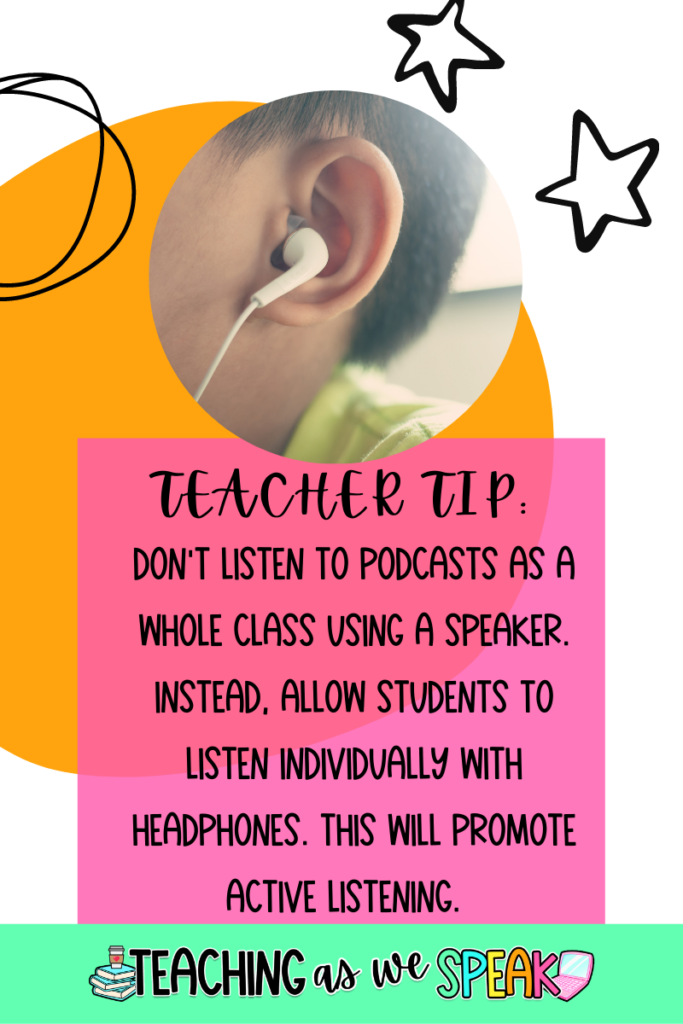
I have seen this activity done with popsicle sticks. Each student (who wasn’t the conversation starter) has 3 popsicle sticks. If they speak, they have to put one of their popsicle sticks in a cup that is placed in the middle of the circle. They have to lose their popsicle sticks by the time the timer stops. This is to ensure everyone speaks and so there aren’t certain students who dominate the conversation.
Download the Beginner’s Guide to Project-Based Learning now for free!
How to Build Curiosity in Students-Habit #3
It should be a goal of yours as a teacher to make your students become critical thinkers. One way to do this is to teach your students to be skeptical. Students should be questioning information and sources daily. Whether it be reading an article on the internet, or watching a movie, students need to ask questions about the information they are being fed.
Students should learn to NOT believe everything they read/hear!
You can teach your students to become skeptical by modelling questions that skeptics ask themselves when gathering new information. Some of these questions include:
- Where is the information coming from?
- Can I easily tell what the author believes from reading their work?
- Is the author trying to change my mind? Or to teach me something new?
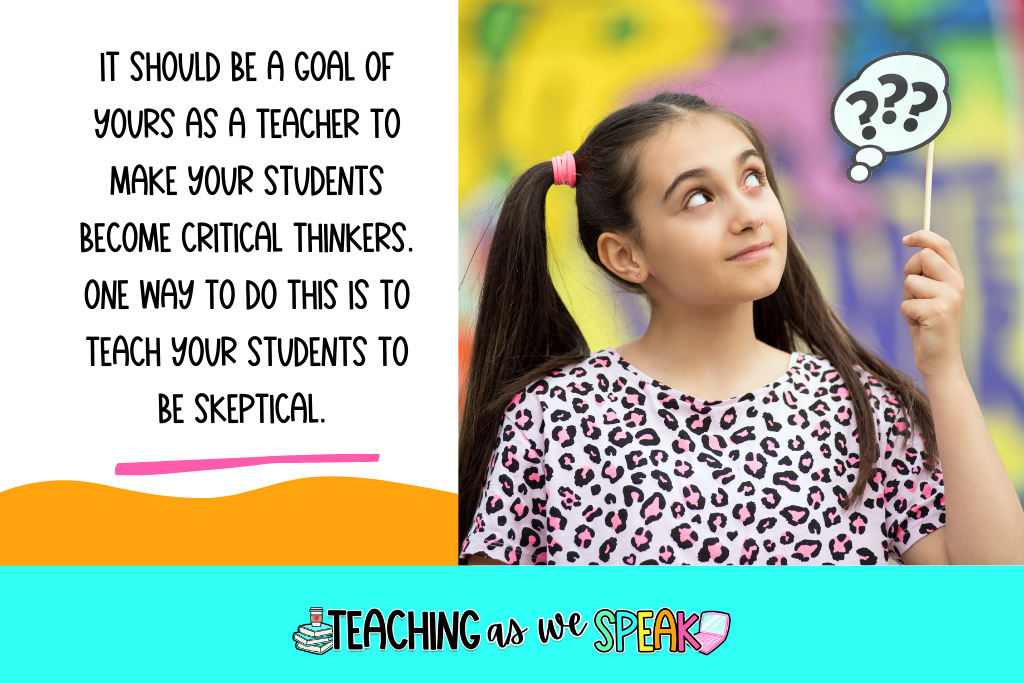
Teaching skepticism is difficult. It will take students time to understand and acknowledge it. The best way to do this is through modelling. Find an article on the internet that is related to your unit or project and shows students how to ask these questions and spot biases in the information we read.
Final Thoughts
If you use one, two or all three of these daily habits in your classroom, you are sure to have a class filled with curious, alert and skeptical students.
Have questions? Comment down below!


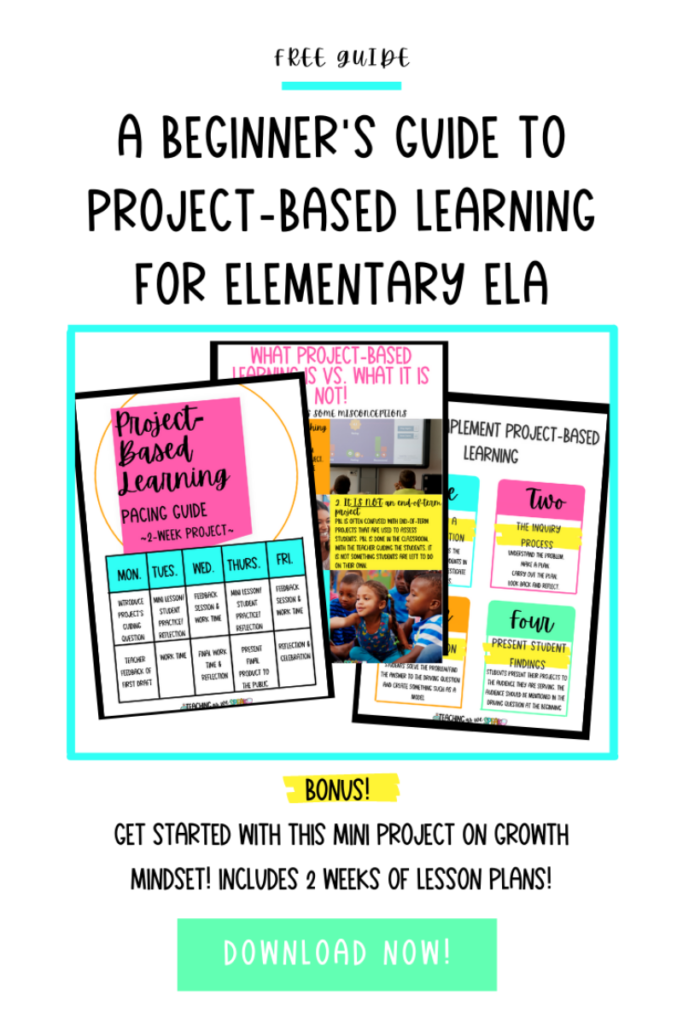



1 thought on “How to Build Curiosity in Students with These 3 Daily Habits”